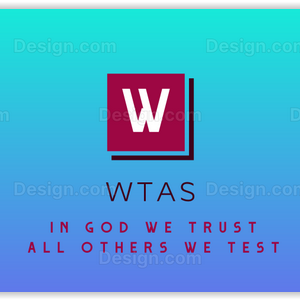Organizations face the challenge of safeguarding sensitive data and maintaining a secure digital environment. To achieve this, they rely on SOC reports, a framework developed by the American Institute of Certified Public Accountants (AICPA). These reports provide a detailed evaluation of an organization’s internal control systems and are integral in assuring stakeholders about the robustness of said controls.
However, understanding the differences between SOC 1 and SOC 2 can be quite complex. Let’s delve into the intricacies of these two frameworks and appreciate their unique features and applications.
What is a SOC Report?
SOC stands for System and Organization Controls. These reports, created by the AICPA, provide an in-depth evaluation of an organization’s control systems. They are carried out by independent Certified Public Accountants (CPA) who objectively assess the organization’s controls.
There are three types of SOC reports – SOC 1, SOC 2, and SOC 3. Each report caters to different user needs and is designed to assess various aspects of an organization’s controls.
SOC 1: A Close Look at Financial Reporting Controls
SOC 1 reports, conducted following the Statement on Standards for Attestation Engagements (SSAE) 18 standard, are geared towards an organization’s controls over financial reporting. These reports are particularly relevant for service organizations whose controls can impact a user entity’s financial statements.
For instance, if your organization provides financial services such as payroll processing or revenue reporting, a SOC 1 report would be beneficial. These reports ensure that your financial reporting controls are well-established and reliable.
A SOC 1 report can be of two types:
- Type 1: Evaluates the design of controls at a specific point in time.
- Type 2: Assesses the effectiveness of controls over a specified period.
SOC 2: Spotlight on Operational and Security Controls
Where SOC 1 focuses on financial controls, SOC 2 reports concentrate on a broader range of controls. These reports are designed for technology and cloud-computing-based businesses like data centers, SaaS providers, and IT-managed services.
SOC 2 audits are based on the Trust Services Criteria (TSC), which helps identify potential risks an organization should consider. The TSC comprises five criteria: security, availability, processing integrity, confidentiality, and privacy. The security criterion, also known as the common criterion, is mandatory for all SOC 2 reports.
Like SOC 1, SOC 2 reports also come in two types:
- Type 1: Evaluates the design of controls at a specific point in time.
- Type 2: Assesses the effectiveness of controls over a specified period.
SOC 3: A Public Overview of System Controls
While SOC 1 and SOC 2 reports are intended for a specific audience and contain detailed information, SOC 3 reports are designed for public consumption. They provide a less detailed overview of an organization’s controls and do not include the auditor’s tests of controls or the results.
A SOC 3 report is essentially a summarized version of a SOC 2 report and is often used as a promotional tool to demonstrate an organization’s commitment to maintaining robust controls.
SOC 1 vs SOC 2: Key Differences
The main distinction between SOC 1 and SOC 2 lies in their focus areas. SOC 1 reports hone in on controls related to financial reporting, making them crucial for organizations providing financial services. On the other hand, SOC 2 reports evaluate controls based on AICPA’s Trust Services Criteria, making them more suitable for technology and cloud-based companies handling customer data.
SOC 2 vs SOC 3: Points of Contrast
SOC 2 and SOC 3 reports assess an organization’s controls based on the Trust Services Criteria. However, SOC 2 reports are more detailed and are generally shared only with clients and stakeholders under a non-disclosure agreement. In contrast, SOC 3 reports summarize the SOC 2 attestation and can be freely distributed or posted on the organization’s website.
Choosing the Right SOC Report for Your Organization
Deciding whether your organization needs a SOC 1, SOC 2, or SOC 3 report depends on the services you provide and the specific needs of your clients. If your services impact your clients’ financial reporting, a SOC 1 report would be beneficial. Conversely, if you handle customer data, especially in a cloud-based environment, a SOC 2 report would be more appropriate.
Organizations may sometimes require SOC 1 and SOC 2 reports, particularly if they provide services spanning different domains. It’s also worth noting that while a SOC 3 report may seem appealing due to its public nature, it may not satisfy the detailed informational needs of your clients or their auditors.
Understanding the differences between SOC 1 and SOC 2 can help you choose the proper framework for your organization. You can effectively demonstrate your commitment to maintaining robust and reliable controls by aligning your choice with your business needs and client expectations.
